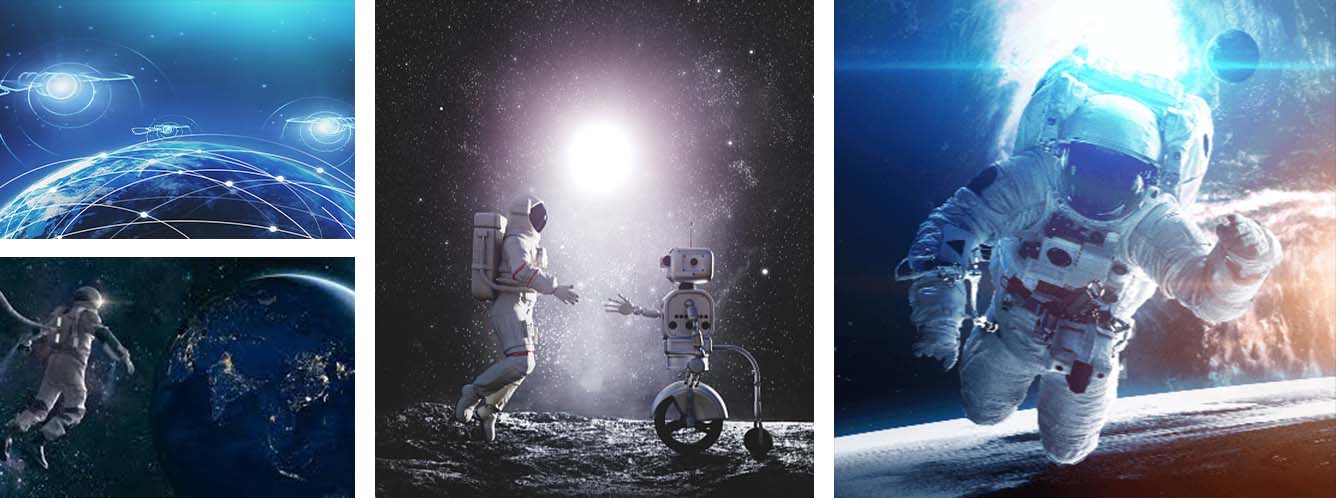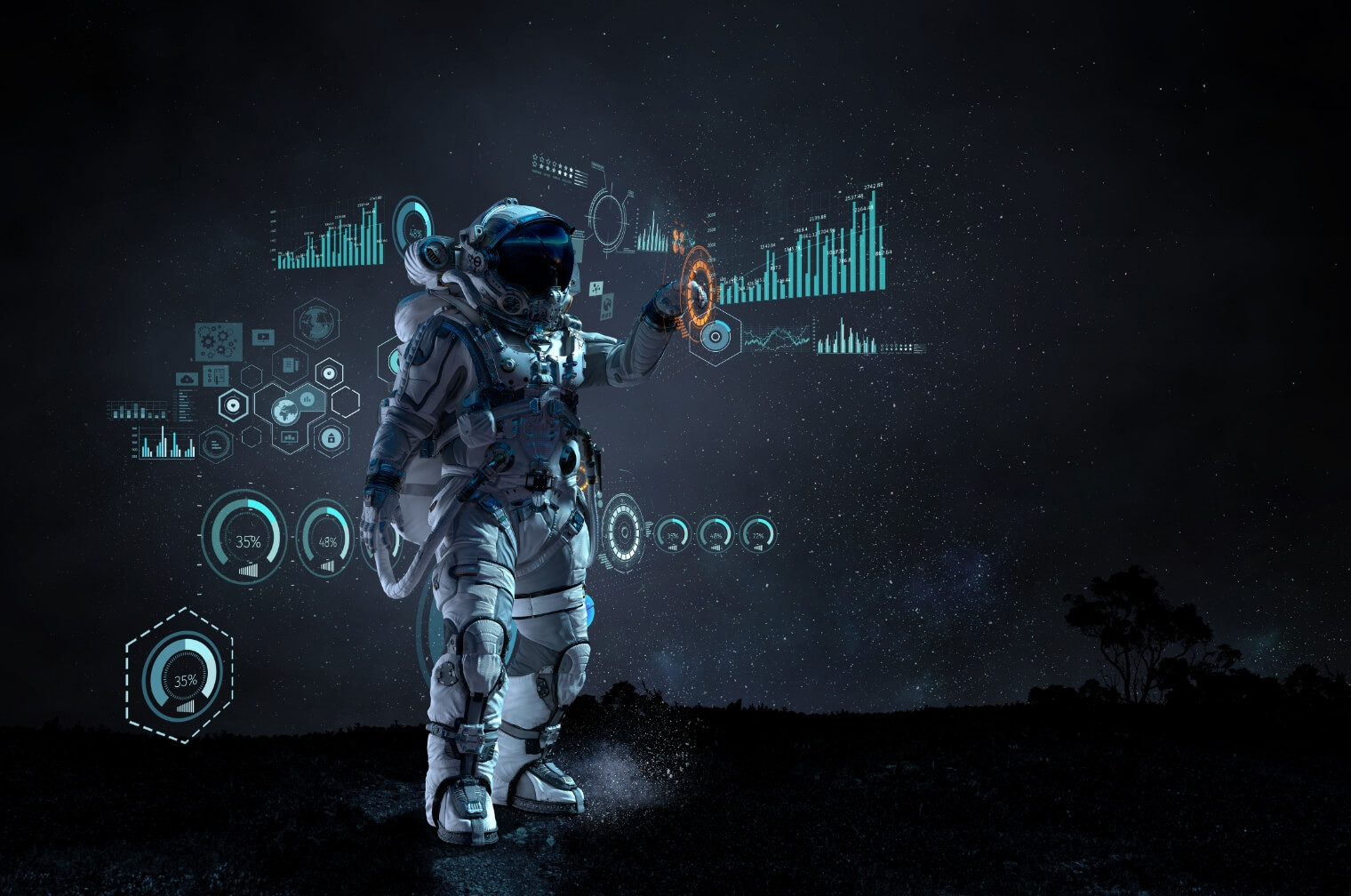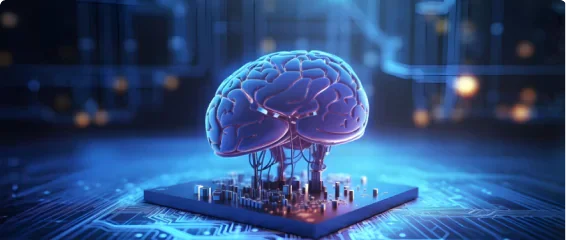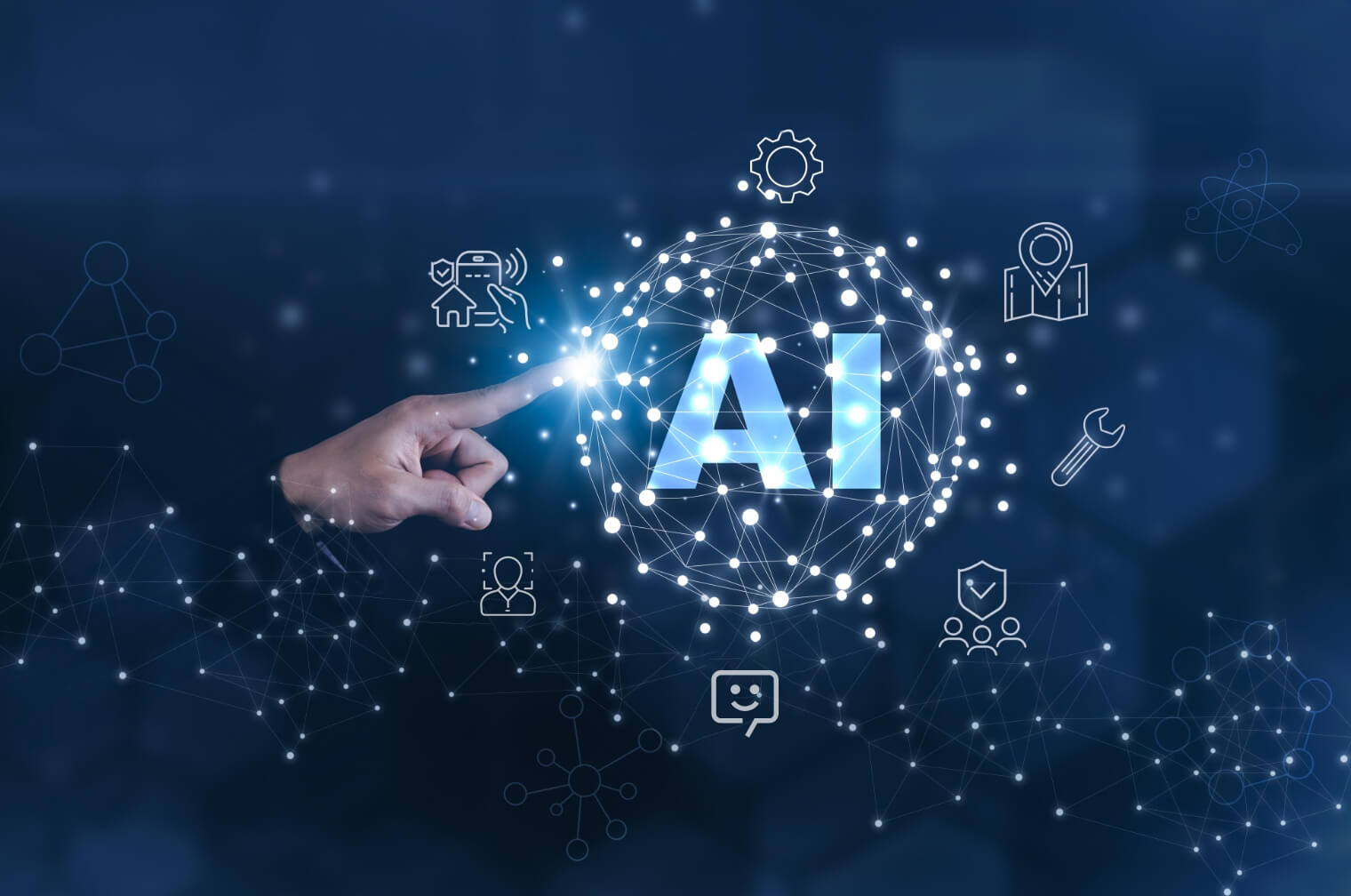Machine Learning and AI for revolution of Tech Companies are changing and streamlining businesses.
With the help of artificial intelligence, our life on Earth has become very easy. But what about those outside the boundaries of the planets? What if artificial intelligence could work in space too, have you ever thought about it? Many big companies such as NASA and Google have already deployed Artificial Intelligence to search for celestial bodies. Whether life on other planets is possible or not, tasks like organizing astronauts when they are in space, etc., are being done with the help of artificial intelligence. Let us now look at the technology of Artificial Intelligence which will be able to help us in space as well:
Personal assistants in space
If you like to watch movies then you must have seen in the movie that robots help their researcher scientist, in which they are searching for life in space or doing any other work like this. Interestingly, IBM has created the Crew Interactive Mobile Companion in partnership with the German space agency DLR and Airbus. It is also commonly known as CIMON.
It is primarily a spherical robot capable of interacting with astronauts on the space station. There are many other situations where this robot can help astronauts. Astronauts sometimes get stuck in a situation where they need to establish contact immediately, but due to circumstances, they are not able to do so. In such times, this robot will help them to establish contact immediately.
Mainly this robot will act as a personal assistant. This robot will analyze the information related to the astronaut and provide the necessary information to the user immediately to eliminate any kind of issues. For example, an astronaut is working on a project and needs some information about it. Now before that, he will have to go to his laptop to get the information, only after collecting the information there he will be able to go back to his workstation.
But now CIMON will do this work for you in a matter of seconds. All you have to do is ask a question using a virtual assistant like Alexa or Siri, and it will immediately tell you the correct answer.
Processing satellite images
The data produced by Earth satellites are huge. For example, if you look at the headquarter of any space technology company, they will have many petabytes of data stored. And hundreds of thousands of terabytes of data get added to it every day. You can imagine how massive and complex they would have storage data systems. Artificial intelligence is already being used in the search for radio galaxies and black holes.
Artificial intelligence is being used to analyze the data collected from space telescopes. With its help, efforts are being made to find new stars in our galaxy, so that we can understand our galaxy better. Before using artificial intelligence and machine learning, scientists were able to identify about 100 stars only. But you will be happy to know that after using Artificial Intelligence, now this number has increased to about two thousand.
Only satellite imagery of our planet gives us endless possibilities for using artificial intelligence. Without artificial intelligence, we have to process the data on a human basis in which there are chances that mistakes can be made. Apart from this, to keep receiving data continuously in the space institute, we must maintain a constant relationship with the satellite. It is almost impossible to do this because the satellite keeps rotating continuously. But this problem can be solved by using artificial intelligence.
Machine learning algorithms are so powerful that they can process thousands of images within a few seconds. He notices even the smallest change. Along with the movement of atmospheric sculptures, it also captures the small movement of a fly very easily. Artificial intelligence does not even need to take breaks like humans, it can work for 24 hours without stopping.
It works with concentration and is error-free, which is very beneficial in any disaster situation. It will automatically start taking photos. The more thanks to artificial intelligence and algorithms, the less it will be. With their help, our work has become very easy and error-free too.
AI in the development of satellites and spacecraft
Building spaceships and satellites is a very complex process. There are many repetitive operations involved in this task, which must be 100% error-free. According to a scientist, the biological pollution of the Moon, Mars, and other cosmic bodies can disturb our research. This is the reason why companies are trying to completely reduced human interaction to assemble spacecraft.
Artificial intelligence is now being used to do this work. This has not only helped us in reducing organic pollution but has also increased productivity. Simultaneously, Artificial Intelligence keeps evaluating performance by analyzing continuous actions.

Monitoring systems
Monitoring satellites and spaceships requires very complex monitoring systems. There are many problems in this, in which the smallest problem is what we can imagine, and the big problem can be an impossible and unpredictable situation. But with the help of Artificial Intelligence, now this task has become easier for scientists. Now they can easily monitor it with the help of sensors.
It does not send the news of any problem to the ground control room but fixes it. Because now the sensor is being used, it ensures that there is no conflict of any kind. Even outside our earth, Artificial Intelligence technology depends only on data, with the help of which it can make intelligent decisions.
Artificial intelligence’s role in space exploration
With each passing day, artificial intelligence development proves increasingly invaluable, not solely confined to Earth but extending its reach to other celestial bodies. Through the integration of artificial intelligence in space exploration, we effortlessly tackle intricate tasks, heralding a promising future for upcoming missions. The incorporation of AI promises to significantly enhance our success rates in future space endeavors. We eagerly anticipate the realization of successful space missions, envisioning substantial advancements in space exploration within the coming years.









